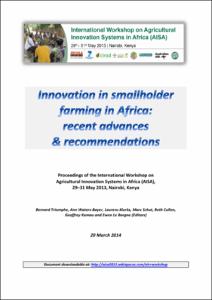Quiénes son hoy los/as campesino/as: un acercamiento al proceso de construcción de identidad campesina en el marco del conflicto armado en Colombia. Caso de estudio: las zonas de reserva campesina.
La pertinencia de este análisis deriva en la posibilidad de dar cuenta de situaciones, sujetos y actores, políticas públicas y agencias locales, que constituyen el entramado en la construcción y reproducción de identidades campesinas en Colombia, ya que hoy, hablar de campesinos/as tiene implicaciones políticas si se considera que la nación se ha definido como multicultural.




